
The clothes we wear change gradually as the seasons transform. Have you ever wondered how different winter dresses are from summer dresses? In winters, we wear woollen pullovers and jackets along with long pants and stockings, while in summers, we wear cotton shirts that allow air to pass through or dry the sweat easily. In rainy seasons, we cover ourselves with raincoats that do not allow water to pass through. Along with the kind of clothes, the fabric of these clothes also changes with the season. In this article, we shall discuss the kind of clothes and fabrics we use in different seasons.
Types of Clothes
Given below is the list of different fabrics.
Cotton
Cotton clothes are woven such that they allow good air circulation, thus allowing the skin to breathe. It absorbs moisture from sweating and keeps the skin dry and cool. It resists dust and mites, preventing skin irritations and infections during summers.

Jute
Jute fabrics are good insulators of heat and provide UV protection. They have low thermal conduction and do not degrade upon exposure to sunlight. The fabric is inherently cool and prevents skin irritations.
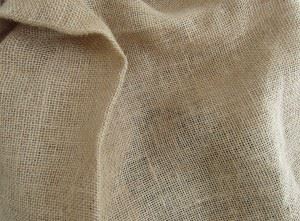
Linen
Linen is extracted from the stem of flax plants. It is stronger than cotton but very soft in touch. It possesses natural antibacterial and antifungal properties, thus preventing rashes and skin allergies. Moreover, the pores allow the skin to breathe and do not trap sweat, thus keeping the skin dry and cool in hot summers.
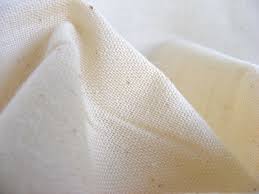
Silk
Silk fabrics are natural anti-allergens and inhospitable to mites, thus preventing skin irritation. The texture discourages the growth of bacteria and keeps the skin free from rashes and irritation in summers.

Bamboo fibre
Bamboo fabrics are manufactured from the pulp of bamboo plants. They are grown naturally without fertilisers and pesticides. Clothes made of these fabrics are softer than cotton. They absorb sweat and moisture twice as quickly as cotton, thus keeping the skin dry. It inhibits the growth of bacteria and is considered the best for skin comfort and hygiene.
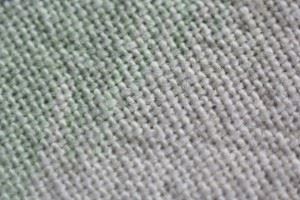
Banana Fibre
Banana fibres are obtained from the white trunk of the banana trees. They are biodegradable in nature and absorb moisture well. The outermost layer of the stock is used to produce mats and carpets, whereas the inner layer yields softer fabrics for clothing.
The above fabrics were examples of the fabrics that we wear during summer. Now, below is the list of fabrics that we wear during winter.

Wool
Wool is manufactured by processing the hair of sheep or goats. The hairy skin of a sheep has two types of fibre, the coarse and fine, of which the latter is used to make wool. These fabrics trap a lot of air which is a poor conductor of heat, and acts as an insulator against cold conditions.
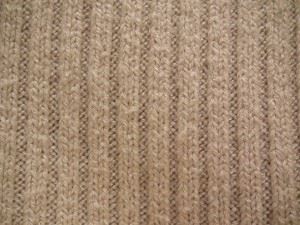
Fur
This fabric is made up of animal hair, mostly mammals, particularly those with extensive body hair coverage that is generally soft and thick. The animal fur consists of three layers, short down hairs, long guard hairs, and medium awn hairs. The hair traps air and insulates against cold in the winters.
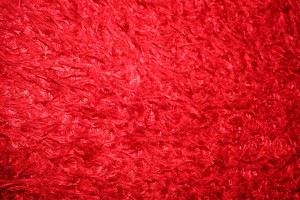
Artificial Wool
Artificial wool such as tweed, flannel, cashmere, gabardine, chenille, felt, plaids, mohair etc., are artificially produced to form threads, which are then woven to form the cloth. They are a substitute for natural materials such as wool and fur and have similar insulating properties against cold and moisture.
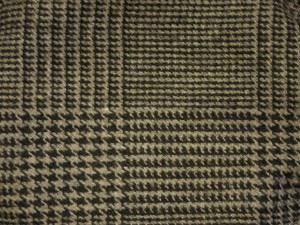
Polyester
Polyester fabrics are made by knitting polyester yarns. The material provides good insulation against the wind and can be made into different thicknesses depending upon the intensity of the cold.
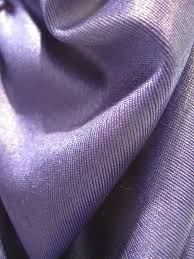
Nylon
Nylon clothes are tough and strain-resistant. They do not absorb moisture and act as a barrier to wind. They are mostly used as the outer layer of clothing.

Frequently Asked Questions – FAQs
Which type of cloth is worn in the summer season?
State true or false: Jute fabrics are good insulators of heat.
How is linen extracted?
How are bamboo fabrics manufactured?
Is nylon material strain-resistant?
Learn more about winter dresses and summer dresses in BYJU’S – The Learning App. Download the app from the Google play store.

Comments